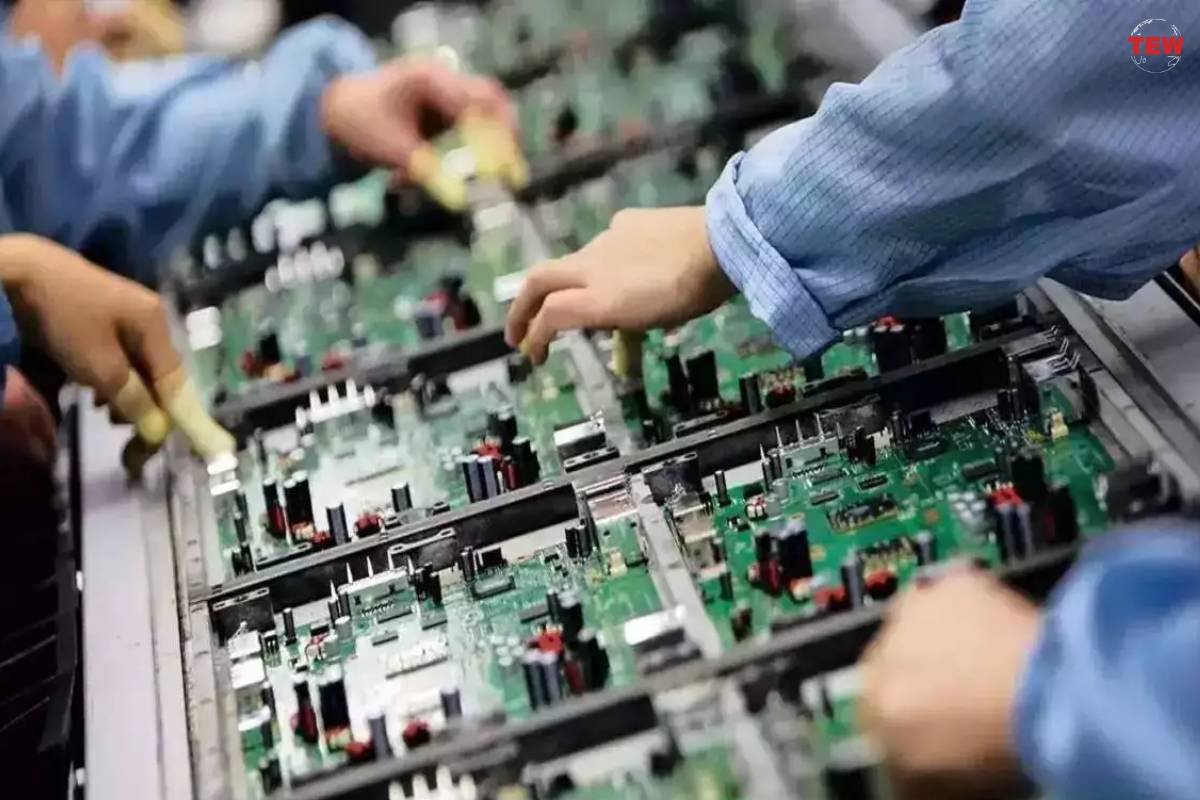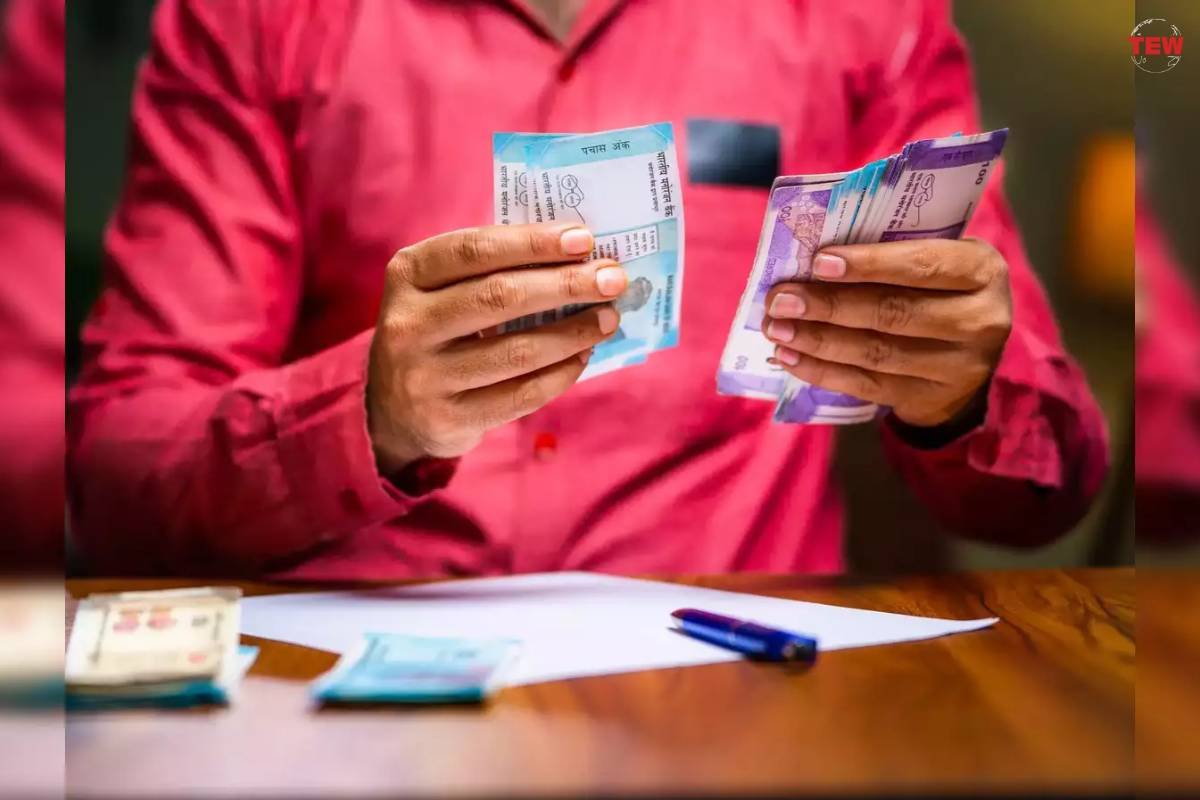More sustainable clean energy projects are being developed in the United States than the utilities and grid operators can handle. Although the situation has been building for years, it must be remedied in the coming years if the nation is to achieve its climate goals.
The necessity to streamline and modernize the procedures that control how power projects interface to the country’s transmission grids is one aspect of that dilemma that the Federal Energy Regulatory Commission addressed last Thursday with the approval of a comprehensive package of reforms.
The first stage required to address the grid backlog issues
FERC’s efforts to remove obstacles that have caused hundreds of wind, solar, and battery projects to languish in years-long backlogs before being assessed for interconnection have received cautious applause from clean energy organizations. They added, however, that the directive was only the first stage in a much larger effort that was required to address the grid backlog issues facing the nation, and that the largest phase — figuring out how to substantially speed up the construction of new transmission lines — was still to come.
The four FERC commissioners unanimously passed FERC Order 2023 on Thursday, requiring American grid operators and utilities to implement “the largest and most significant set of interconnection reforms” in the previous 20 years, according to FERC Chair Willie Phillips.
The decision includes stricter timelines and monetary penalties for energy project developers who fail to secure financing and land rights for prospective projects before adding them to interconnection queues. It is the result of work on an interconnection reform plan that lasted for almost a year. Additionally, it puts financial penalties on grid operators and utilities who don’t meet the tight deadlines for finishing the demanding studies that determine whether new projects may interconnect and how much developers must pay for the grid upgrades that enable those connections.
FERC Commission Meeting to get more clean energy on the US grid | July 2023 Open Meeting
Difficult for battery-powered, “hybrid” solar- and wind-powered projects
The ruling also calls for transmission operators to modify long-standing procedures that have made it difficult for battery-powered and “hybrid” solar- and wind-powered projects to be approved for interconnection. And it instructs them to take into account the possibility of “advanced transmission technologies,” like high-capacity transmission wires and power-flow management devices, that might increase the capacity of the current grid and enable the addition of additional clean energy resources.
According to Phillips during the meeting on Thursday, those changes are necessary to reduce what has grown to be “the largest backlog in history” throughout the nation’s grid. By the end of 2022, there were more than 2,000 gigawatts worth of projects vying for grid connectivity, the majority of which were wind, solar, and battery storage. “We have wait times of over five years, and the average project needed today won’t even begin construction until 2028,” Phillips said of some of the more crowded areas of the nation.





